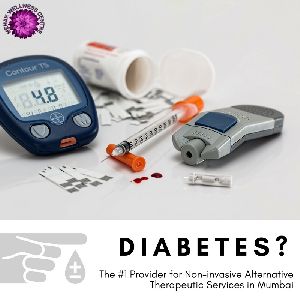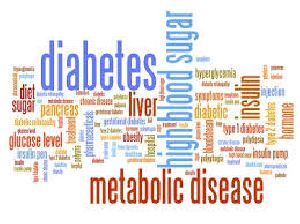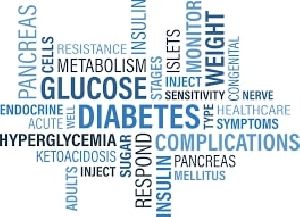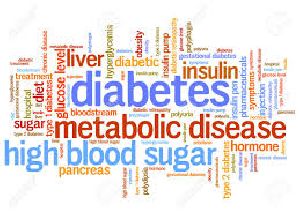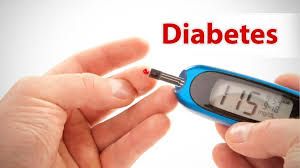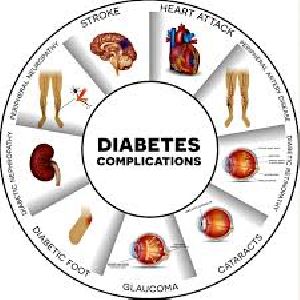Diabetes Non-Invasive Diagnosis and Therapy
|
|
|
|
NON-INVASIVE DIAGNOSIS AND TREATMENT FOR DIABETES
Also called – DIABETES MELLITUS.
A group of diseases that result in too much sugar in the blood (high blood glucose). Diabetes mellitus (DM), commonly referred to as diabetes, is a group of metabolic disorders in which there are high blood sugar levels over a prolonged period. Symptoms of high blood sugar include frequent urination, increased thirst, and increased hunger. If left untreated, diabetes can cause many complications. Acute complications can include diabetic ketoacidosis, hyperosmolar hyperglycemic state, or death. Serious long-term complications include cardiovascular disease, stroke, chronic kidney disease, foot ulcers, and damage to the eyes.
Diabetes is due to either the pancreas not producing enough insulin or the cells of the body not responding properly to the insulin produced.
There are three main types of diabetes mellitus
Type 1 diabetes
- A chronic condition in which the pancreas produces little or no insulin.
- The body does not produce insulin. Some people may refer to this type as insulin-dependent diabetes, juvenile diabetes, or early-onset diabetes. People usually develop type 1 diabetes before their 40th year, often in early adulthood or teenage years. Approximately 10% of all diabetes cases are type 1. These patients will need to take insulin injections for the rest of their life. They must also ensure proper blood-glucose levels by carrying out regular blood tests and following a special diet.
Type 2 diabetes
- A chronic condition that affects the way the body processes blood sugar (glucose).
- The body does not produce enough insulin for proper function, or the cells in the body do not react to insulin (insulin resistance). Approximately 90% of all cases of diabetes worldwide are type 2. Some people may be able to control their type 2 diabetes symptoms by losing weight, following a healthy diet, doing plenty of exercise, and monitoring their blood glucose levels. However, type 2 diabetes is typically a progressive disease - it gradually gets worse - and the patient will probably end up have to take insulin, usually in tablet form.




